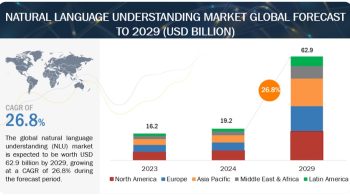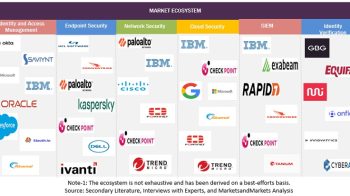Malware analysis refers to the process by which the purpose and functionality of the given malware samples are safely executed, analyzed, and determined in a secured environment. It demonstrates the cyber-attack lifecycle, from the initial exploit and malware execution path to callback destinations and follow-on binary download attempts. Static and dynamic malware are the two types of malware analysis techniques used based on the requirements.
The global malware analysis market size is projected to grow from USD 3.0 billion in 2019 to USD 11.7 billion by 2024, at a CAGR of 31.0% from 2019 to 2024. The major driver for the market is to deal with the high number of false alerts and a relatively smaller staff to address those alerts.
The scope of this report covers the malware analysis market dynamics since 2018, based on contemporary market trends and developments, and its potential growth from 2019 to 2024. It provides detailed market trends, vendors’ market shares, market size, forecasts, and analysis of key players in the malware analysis market.
Based on the region, the malware analysis market in Asia Pacific is projected to grow at the highest CAGR during the forecast period. This growth is attributed to the rising number of sophisticated and targeted malware attacks on every industry. The countries in this region have been witnessing a significant increase in the adoption of malware analysis solutions to cater to the ever-increasing malware-attacks and regulations.
Cybersecurity is becoming a global issue right from individuals to large enterprises. Companies of all sizes are focused on removing security gaps and vulnerabilities from their critical business applications and network infrastructure. Both SMEs and large enterprises are adopting breach and attack simulation services to maintain security. Malware analysis solutions are expected to change the landscape of threat detection and remediation.


